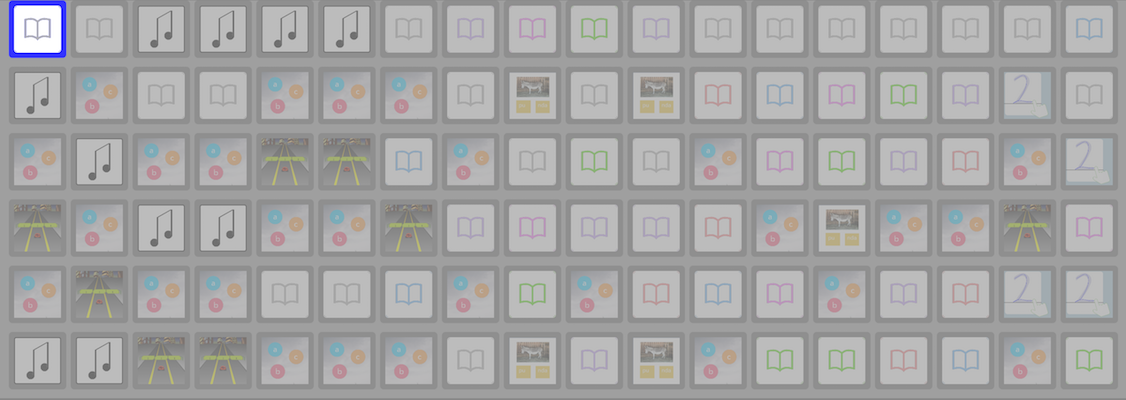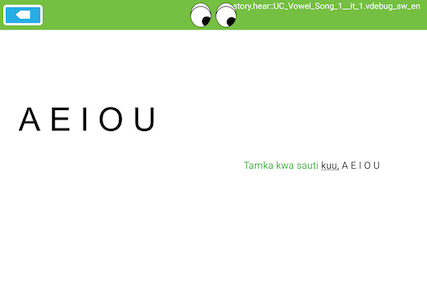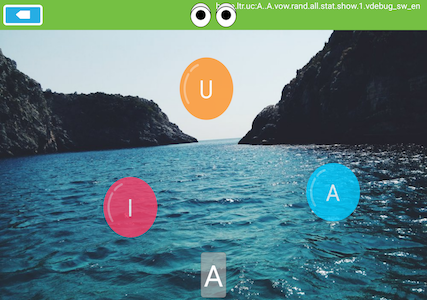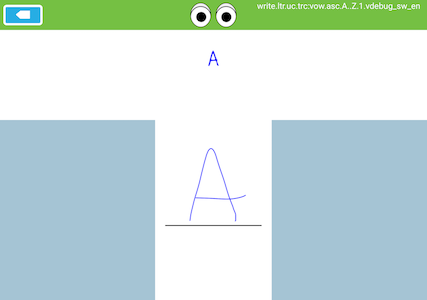RoboTutor: Literacy Curriculum Development
One of the major challenges of localizing RoboTutor for a local language is re-configuring the literacy curriculum. Unlike math, which can be taught in pretty much the same order, regardless of language, the literacy curriculum must cater to the unique intricacies of each language. For example, Swahili and English are slightly different as languages. Swahili is a “phonemic” language, which means that if you see a letter, it will always make the same sound. Compare this to English, where each letter can be seemingly a hundred different sounds, depending where it is (for example, the ‘h’ in ‘night’, ‘hat’, and ‘the’ all serve different purposes). So here I will give a brief high-level overview of how one might put together a literacy curriculum for a new language.
Start with Goals
For the XPrize, we started with the Early Grade Reading Assessment (EGRA) as our goals. EGRA included the goals:
- Letter recognition
- Syllable recognition
- Small words
- Common word recognition
- Nonsense word recognition.
Develop a Unit Sequence
Based on these goals, we deconstructed them into smaller units, and put them in the sequence below:
- Uppercase Vowels
- Lowercase Vowels
- Uppercase All Letters
- Lowercase All Letters
- 2-Letter Syllables
- 3-Letter Syllables
- Words that begin/end with a syllable
- Common Words by Subject (Animals, People, etc)
- High-Frequency 4-Letter Words
- High-Frequency 5-Letter Words
- High-Frequency 6-Letter Words
- Nonsense 4- to 6-Letter Words
- High-Frequency 7-Letter Words
- High-Frequency 8-Letter Words
- Nonsense 8-Letter Words
- High-Frequency 9-Letter Words
- High-Frequency 10-Letter Words
In practice, here is what our sliteracy curriculum looks like. Each column represents one of the different units above, and each cell is an activity within that unit.

A snapshot of many of the learning activities in the Swahili literacy curriculum.
Lesson Sequence
This can seem like a lot of curriculum to understand, but fortunately, we can design each lesson to be similar and scalable. For example, let’s look at some of the lessons that might go into each sub-unit within the “Uppercase Vowels” unit. Within the “Uppercase A” sub-unit of the “Uppercase Vowels” unit, we have these individual activities:

Sing a song to help remember all of the vowels.

Distinguish letter A from other the other vowels.

Recite common Swahili words that starts with the letter A.

Trace the letter A.
After the student has gained proficiency in each activity within the “Uppercase A” sub-unit, she progresses to the next sub-unit, for “Uppercase E”. This sub-unit will have a similar structure. Note that within each of these sub-units, there will be activities that connect the sub-unit to the larger unit (e.g. the Vowel Song will help the students remember all of the vowels).
Conclusion
This is intended to be a very high level overview. If you want to see our full curriculum in action, check out our GitHub repo and download the APK. If you want more details on how to adapt RoboTutor to your local language, please reach out to me via email.